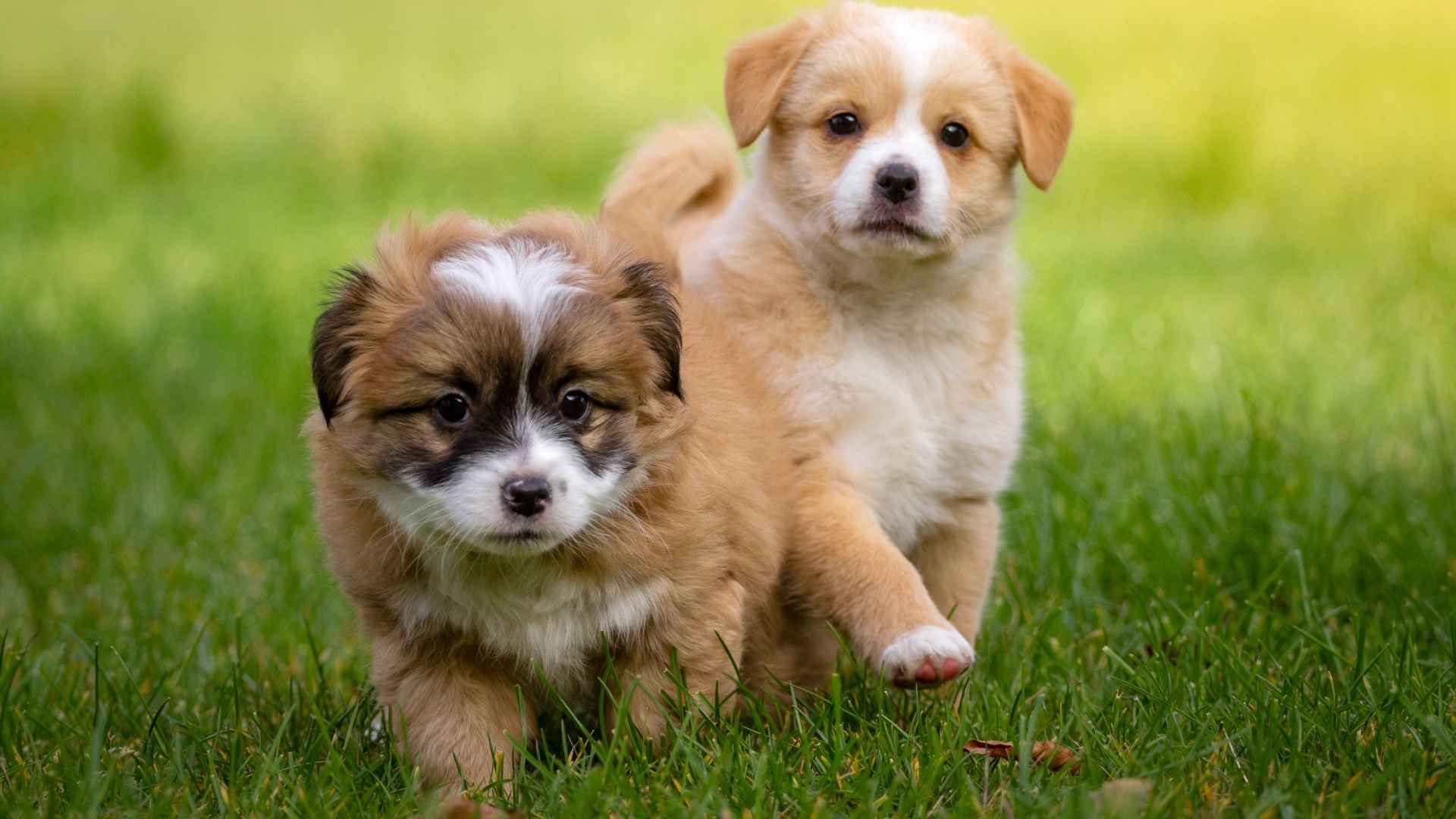Did you know that some dogs actually enjoy spending time alone? While most pups crave attention and affection, certain breeds are known for their independent nature, often happily entertaining themselves when you’re not around. If you’ve ever wished for a dog that doesn’t give you the “where have you been all day?” stare, you’re in luck!
There are several breeds that fit the bill, thriving in environments where they have a little more space to roam and time to themselves. Whether you’re balancing a busy work schedule or just appreciate a dog with a bit of independence, these pups can be the perfect fit for your lifestyle.
In this blog, we’ll explore some of the most independent dog breeds that are as content lounging solo as they are enjoying your company—let’s discover which one might just be your ideal furry companion!
Independent Puppy Dog Breeds
1. Chow Chow
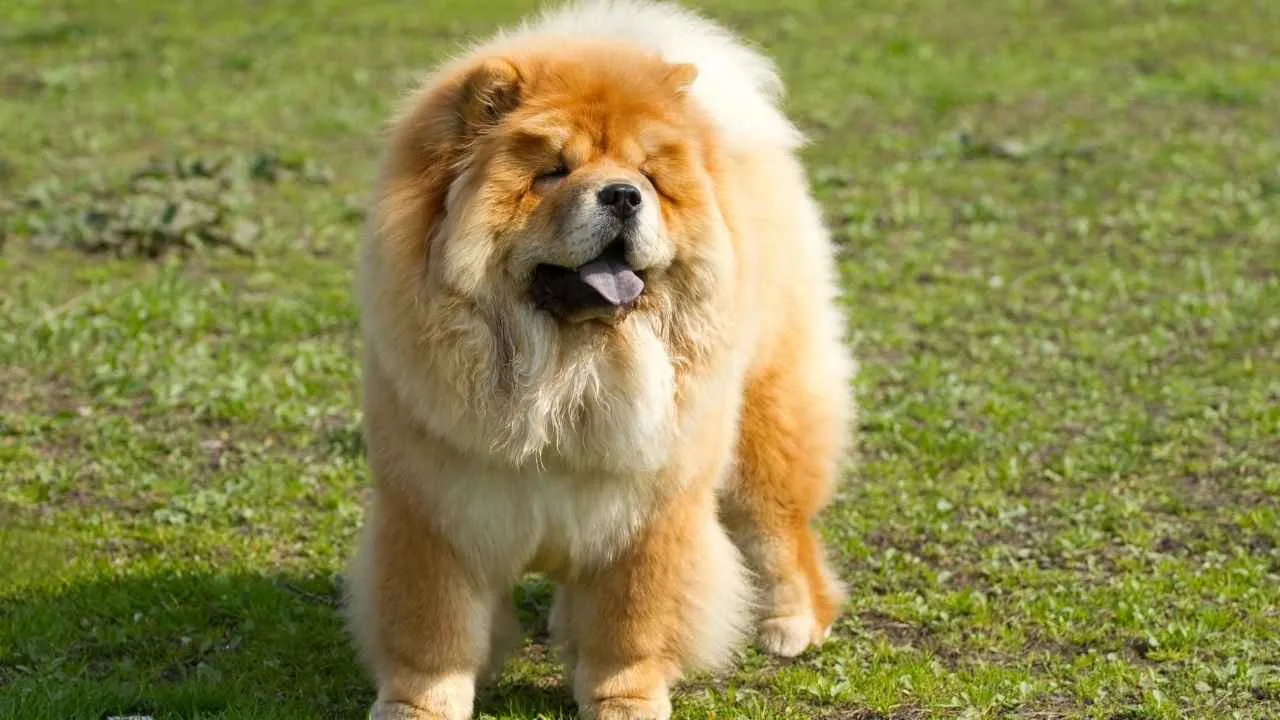
The Chow Chow is one of the oldest dog breeds, dating back to ancient China during the Han dynasty. Known for its lionlike mane and distinctive blue-black tongue, this breed is as striking in appearance as it is in personality.
The name “Chow Chow” may have originated from an English term for small items in cargo or from a Chinese relish, “edible dog,” referencing their historical use as a food source.
In ancient times, Chow Chows were used as guard dogs at Buddhist temples and palaces, showcasing their fierce protective instincts.
Unique Traits and Appearance
Blue-Black Tongue: A signature feature of the breed, the Chow Chow shares this trait with the Chinese Shar-Pei, Eurasier, and Thai Ridgebacks.
Distinctive Walk: Their “stilted,” stiff-legged gait is a characteristic movement, giving them an elegant, yet unique, way of walking.
Thick Coat: Their dense fur, along with their lionlike mane, makes them an instantly recognizable breed.
Temperament: Aloof Yet Loyal
Reserved Nature: AKC states Chow Chows are independent and aloof, often making them challenging to train compared to other breeds.
Loyal Companions: While not overly affectionate, Chow Chows form strong bonds with their families and are often seen sitting at their owners’ feet. They are protective and can be wary of strangers.
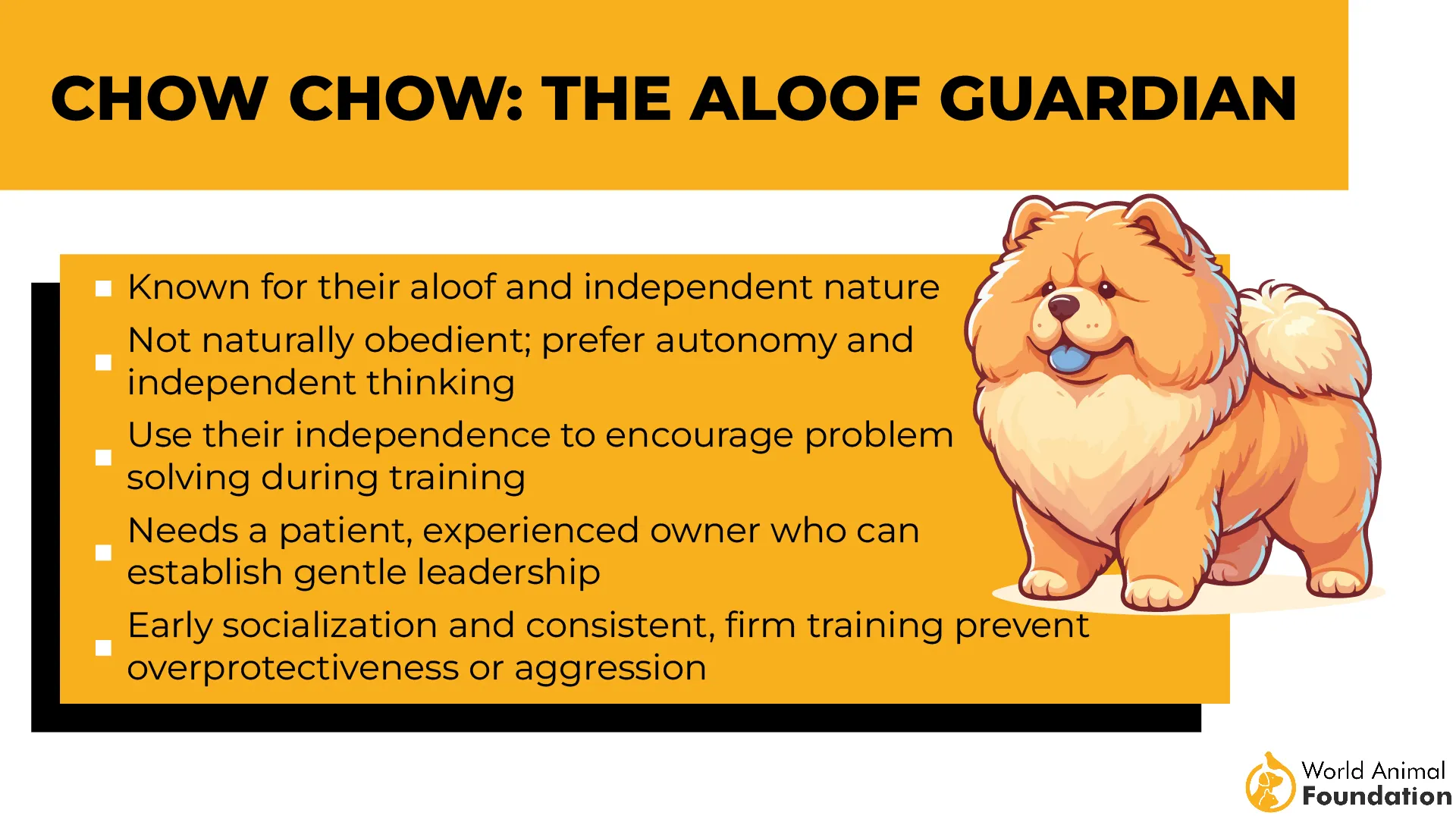
Good with Other Pets: Despite their independent-minded nature with people, they typically get along well with other household pets, including cats.
Chow Chows are best suited for families who can appreciate their independent nature and are prepared for their unique personality. They may not be the most playful or affectionate breed, but their loyalty and watchdog abilities make them excellent companions for those seeking a confident, low-maintenance dog.
2. Akita
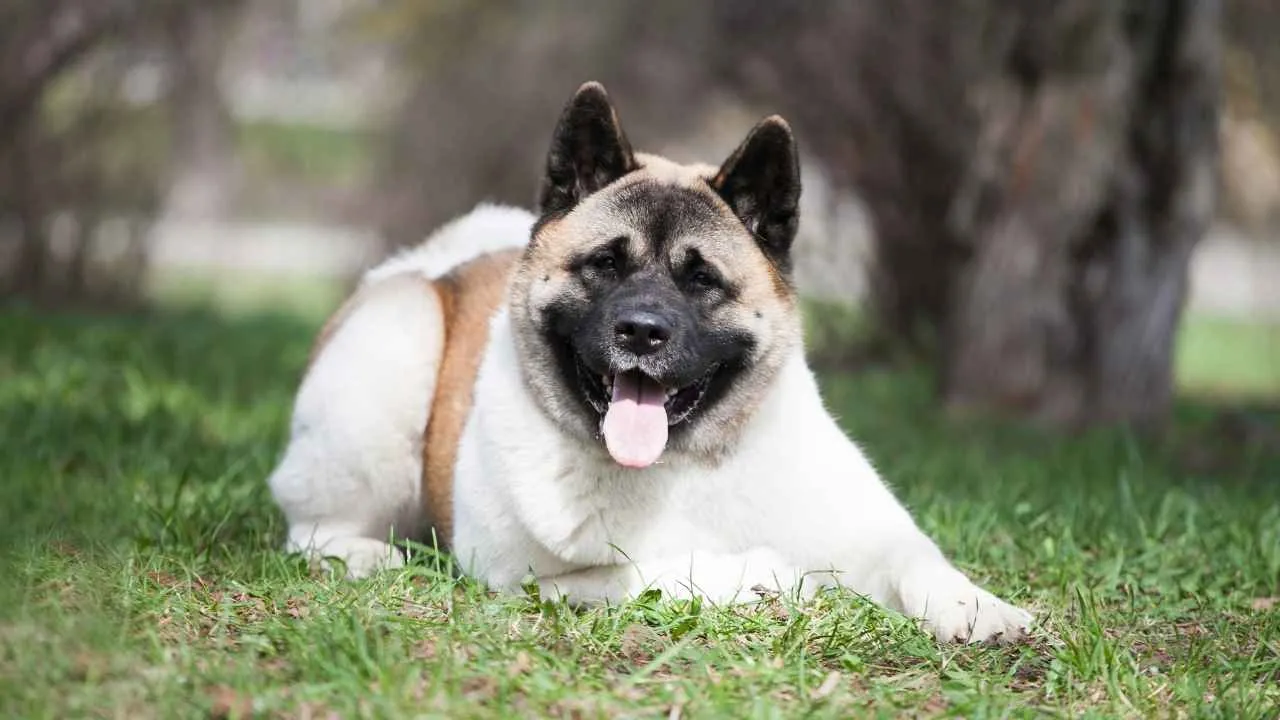
Originating from the northern Japanese prefecture of Akita, the Akita is a large and courageous breed initially developed in the 17th century as a hunting dog capable of taking on boars, deer, and even bears.
As noted by the Pawlicy advisor, Akita is known for its loyalty and protective nature. The breed holds deep cultural significance in Japan, symbolizing strength and protection. In fact, statues of Akitas are given to families upon the birth of a child or during times of illness, offering a symbol of strength and hope for recovery.
Unique Traits and Appearance
Akitas have webbed toes that help them walk on snow by distributing their weight more evenly. They also retain their front dewclaws, often referred to as “ice picks,” which historically aided them in climbing out of icy water.
One of the breed’s most distinctive features is its plush, curled tail. Each Akita’s tail is uniquely set, making it rare to find two that look exactly alike.
Temperament: Independent and Head Strong
Akitas are strong, independent, and intelligent dogs that require consistent training and early socialization from puppyhood. Their dominant and headstrong nature makes them unsuitable for children or the elderly, and they may be aggressive toward other dogs, especially of the same sex.
Though not frequent barkers, their powerful build and strong prey drive mean they should never be off-leash in unsecured areas. Proper socialization is essential to prevent them from seeing strangers as threats.
3. Afghan Hound
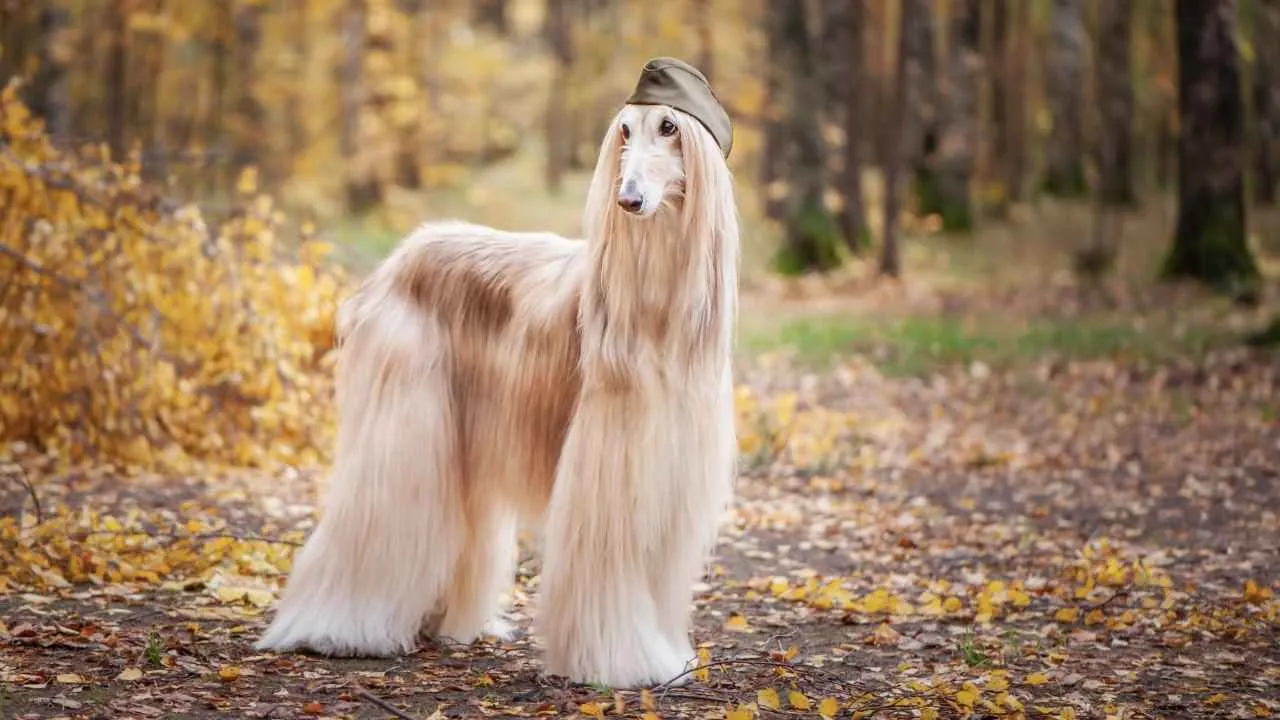
The Afghan Hound is a majestic sighthound renowned for its keen eyesight and quick reflexes, making it an excellent hunter and competitor in modern dog sports like lure coursing. Originally from Afghanistan, this breed was developed as an independent hunter, contributing to its sometimes stubborn and aloof nature.
Physical Features: Elegance and Grace
Distinctive Coat: The Afghan Hound’s most striking feature is its long, silky coat, which comes in various colors, adding to its regal appearance.
Noble Posture: With its elegantly held head, curled tail, and prominent feet, the Afghan Hound exudes an air of dignity, hinting at its noble history.
Temperament: Aloof Yet Affectionate
Loyal Companion: While Afghan Hounds may appear aloof, they are devoted and loyal to their families. They can be wary of strangers and children, but become affectionate with proper socialization and training.
Active and Energetic: These dogs need plenty of exercise and space to run. Due to their strong prey drive, they should be kept in a securely fenced area and supervised outdoors to prevent them from chasing after small animals.
While basic commands usually suffice, their strong hunting instinct can override training, especially in off-leash situations. Afghan Hounds are not ideal watchdogs due to their low tendency to bark and lack of territorial behavior.
Interesting Facts: A Regal History
AKC Recognition: Afghan Hounds were officially recognized by the American Kennel Club in 1926, the same year they gained popularity in the U.S., largely due to Zeppo Marx of the Marx Brothers.
Cultural Significance: The breed was featured in Pablo Picasso’s painting Femme au chien, further solidifying its place in art and culture.
4. Greyhound
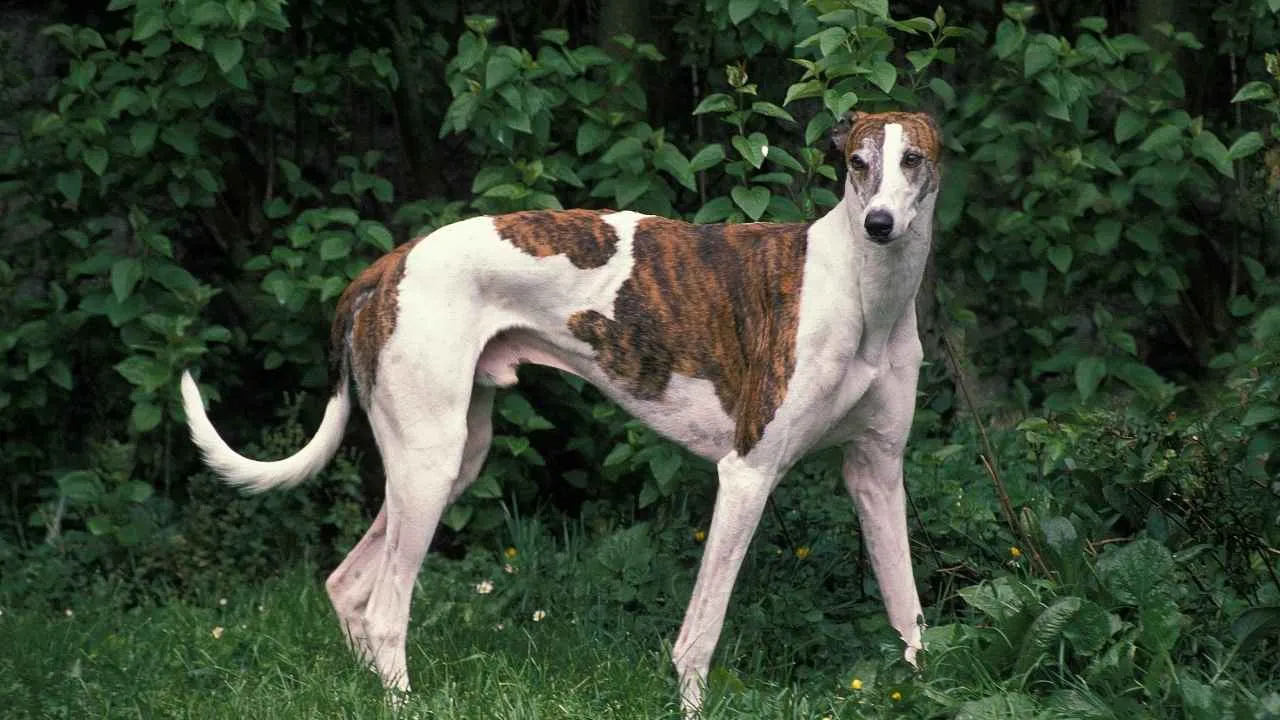
The Greyhound is renowned for its incredible speed, agility, and noble demeanor. Recognized by the American Kennel Club in 1885, these sighthounds are as gentle as they are fast, enjoying both exercise and quiet time with their families.
Originally bred for chasing game, Greyhounds are exceptional at running over long distances, relying on their keen eyesight rather than scent to track prey.
Temperament: Gentle and Laid-Back
Gentle Nature: Known for being calm and independent, Greyhounds are generally easygoing and avoid conflict, making them suitable companions for families, including those with children.
Sleepy Dogs: Despite their high-speed capabilities, Greyhounds are surprisingly sleepy, often resting between 16 to 18 hours a day.

Quiet Companions: Greyhounds are not known for excessive barking or growling. If threatened, they may simply freeze or retreat, making them peaceful household pets.
Interesting Facts
Greyhounds can reach 45 mph, using their unique “double suspension gallop”, a technique also seen in cheetahs, earning them the reputation of ‘fastest dog breed’.
Greyhounds have appeared in ancient mythology and modern TV shows like The Simpsons, symbolizing athleticism and elegance.
5. Chinese Shar-Pei
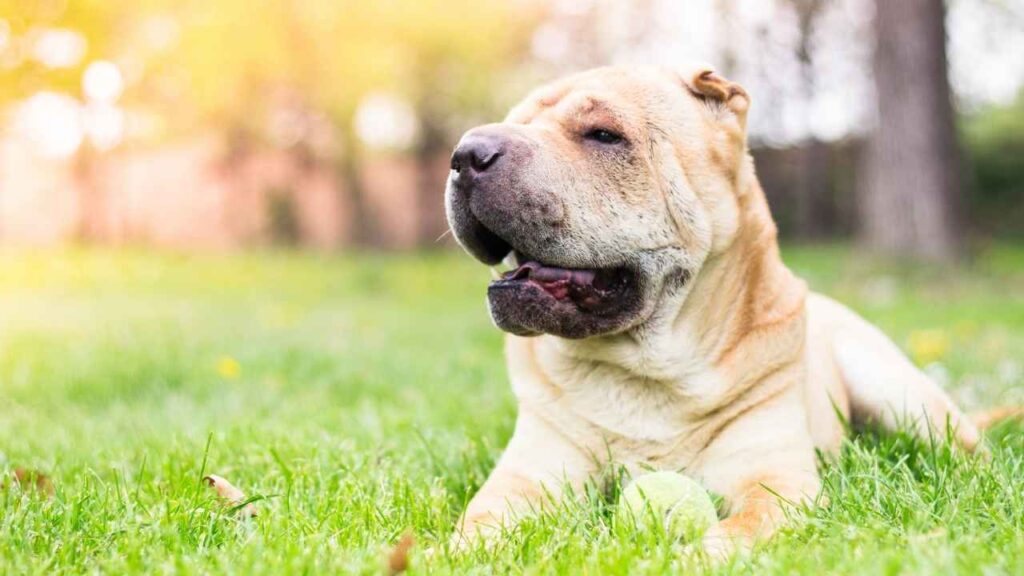
The Chinese Shar-Pei is a medium-sized breed that originated in ancient China, originally bred as a farm dog and protector of the royal family. Known for its distinctive appearance, including loose, wrinkled skin and a rough coat, the Shar-Pei stands out with its blue-black tongue, shared only with the Chow Chow.
Key Traits
Blue-Black Tongue: As noted by Britannica, a rare feature shared with the Chow Chow, but the two breeds aren’t genetically linked.
Loose Skin: Originally designed for protection in dogfights, allowing the dog to escape if grabbed by the skin.
Temperament: Independent, Protective, and Aloof
The Shar-Pei is known for its aloof, reserved nature. While loyal to its family, it can be territorial and wary of strangers. Proper training and socialization are crucial to prevent the breed from becoming reactive or aggressive. While they can tolerate children, they may not enjoy rough play or excessive affection.
The Chinese Shar-Pei is a devoted and protective companion, making it a great choice for families that can provide consistent training and proper socialization. Due to its independent nature and territorial instincts, it may not be ideal for first-time dog owners, but for experienced pet parents.
A Breed with a Purpose: Historical Significance
Originally bred to guard royal palaces, the Shar-Pei’s loose skin was a defensive trait. The breed’s appearance, including the rough coat, was also believed to enhance its ferocity and help ward off evil spirits. The name “Shar-Pei” translates to “sand skin”, referring to the texture of its coat.
6. Basenji
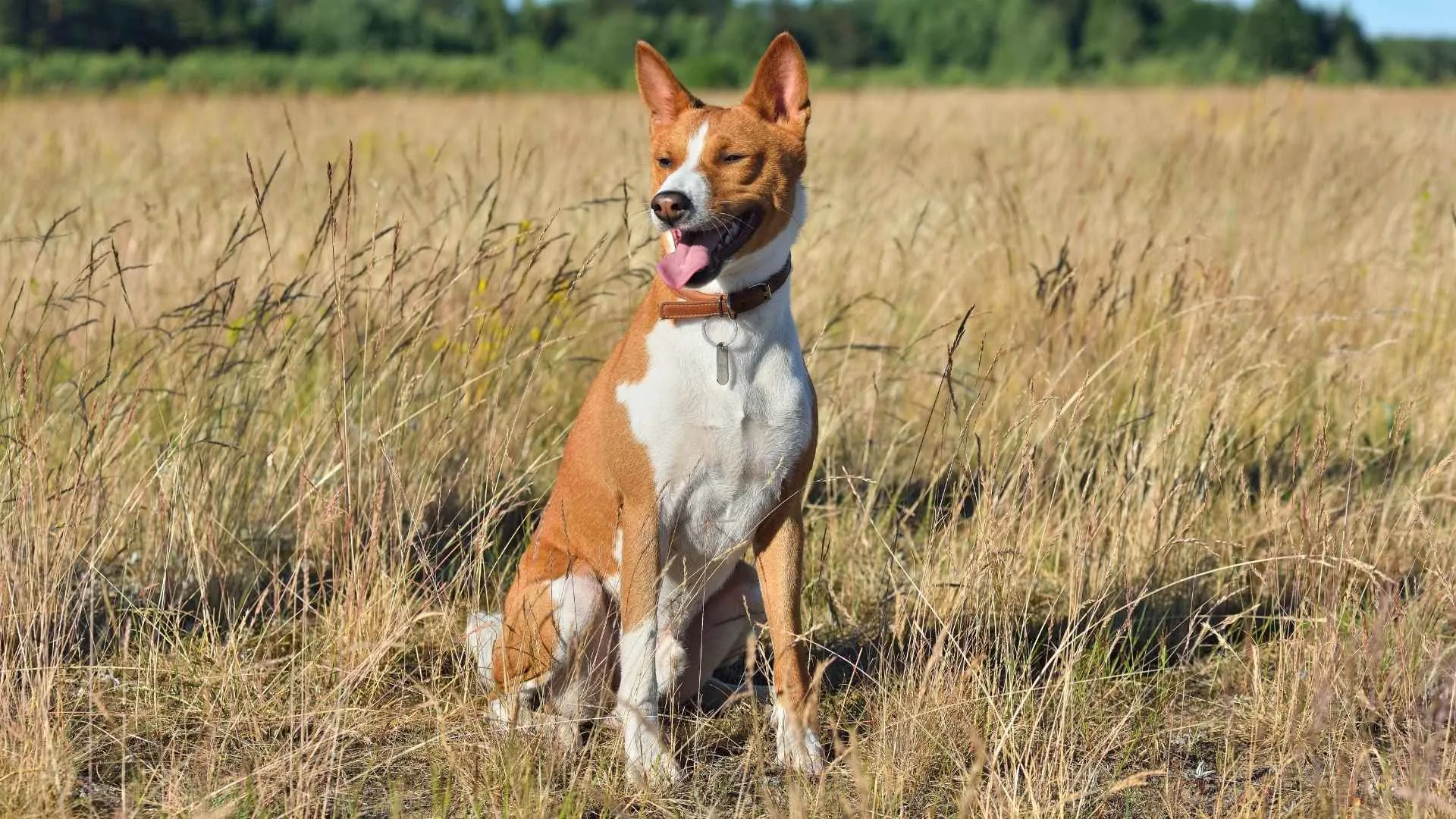
The Basenji is a small, athletic hound breed from Central Africa, recognized for its upright ears, curled tail, and wrinkled forehead. Known as the “barkless dog,” it produces unique yodel-like vocalizations instead of typical barking. With a short, smooth coat that sheds very little and is nearly odorless, it’s a low-maintenance breed for grooming.
Basenjis are one of the most ancient dog breeds, with roots dating back thousands of years. Once gifted to Egyptian pharaohs, they also appear in Mesopotamian and Babylonian art. Their sharp hunting instincts and lean bodies made them perfect for hunting small game in Africa’s tall grasses.
Independent Breed, Yet Loyal
Basenjis are independent and sometimes stubborn. They may choose not to follow commands, even when they understand them. Early training and consistent positive reinforcement are key to success. They thrive with confident, experienced owners who can set boundaries.
Basenjis require a secure, enclosed outdoor area due to their exceptional climbing and jumping abilities. With a strong prey drive, they will chase anything that moves. For their safety, constant supervision is necessary when off-leash.
While quiet compared to other breeds, Basenjis still produce a variety of sounds, such as chortles and yodels. They are fiercely loyal and captivating companions, suited for owners who appreciate their cat-like independence and spirited personality.
7. Shiba Inu
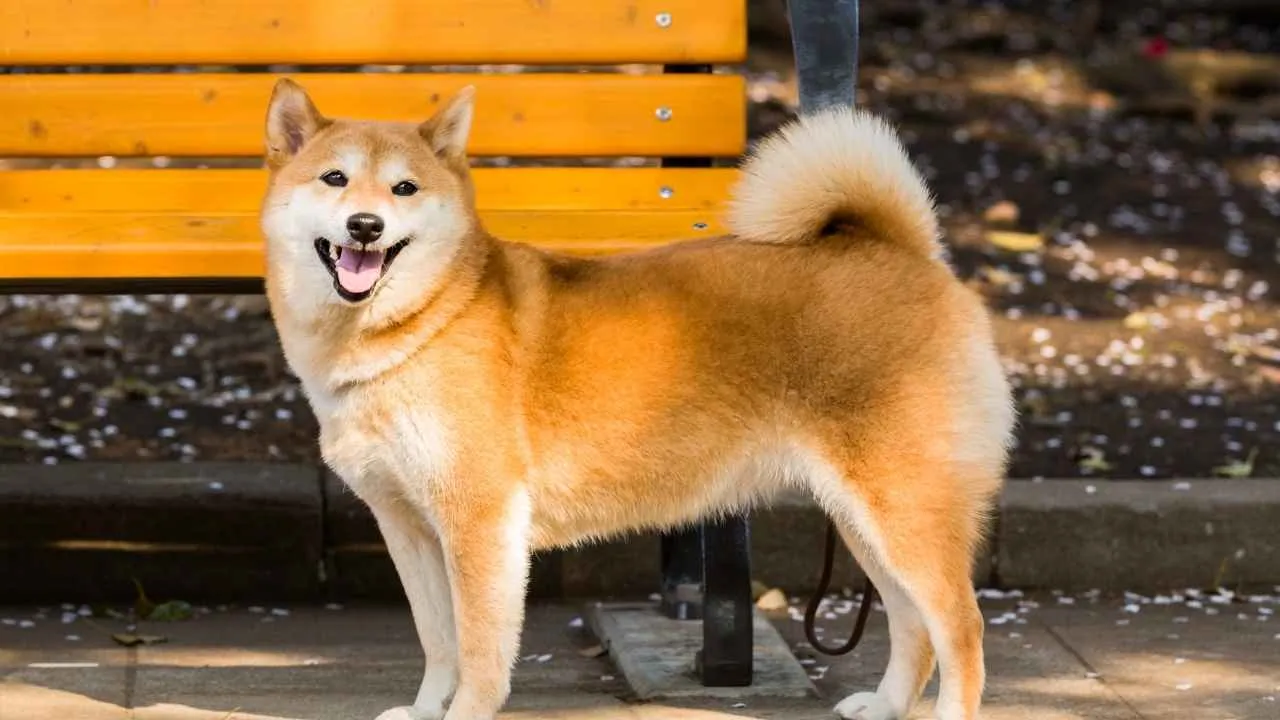
The Shiba Inu is a compact and muscular breed with a confident, alert demeanor. Known for its distinctive appearance—including upright ears, a curled tail, and a dense, double-layered coat—the Shiba comes in various colors, such as red, tan, ginger, black, and white.
Originally bred as a hunting dog in Japan’s rugged terrain, Shibas are adaptable and hardy, excelling in cold weather and outdoor activities. The breed history traces back to three regional variations—Mino, Sanin, and Shinshu—which were merged after World War II to create the modern Shibas.
A Bold and Independent Personality
Shiba Inus are celebrated for their strong-willed and spirited nature. While they can be incredibly clever and display a surprising sense of humor, their independence can make them challenging for novice owners. Known for their mischievous behavior, many Shibas are headstrong and may be hesitant to follow commands unless motivated.
Despite their stubbornness, Shiba Inus can excel in canine sports like agility, nose work, and lure coursing when training is approached with patience and consistency. Their moderate affection for their families and their aloofness around strangers make them a unique breed, but they may act territorial around unfamiliar dogs.
Famous Shibas: Loyalty and Modern Culture
The Shiba Inu is not only known for its loyalty but also its prominent role in popular culture. Famous Shibas include Mari, who heroically saved her puppies and owner during the 2004 earthquake in Japan, and Kabosu, the dog behind the viral “Doge” meme and the inspiration for Dogecoin.
Conclusion
Independent dog breeds, such as the Basset Hound, Scottish Terrier, and Italian Greyhound, are perfect for owners seeking a self-sufficient companion who enjoys their own space. These dogs can be left alone for extended periods, but still require regular exercise and moderate interaction to stay healthy.
For full-time workers, breeds like the Lhasa Apso and French Bulldogs are ideal, needing less attention and low energy. High-energy dogs like the Alaskan Malamute or Irish Wolfhound still require adequate exercise but can handle alone time.
While breeds like the Boston Terrier and Cairn Terrier are independent, they still need mental stimulation and enough exercise. Understanding each breed’s need forits own company and exercise ensures a balanced and fulfilling relationship.


